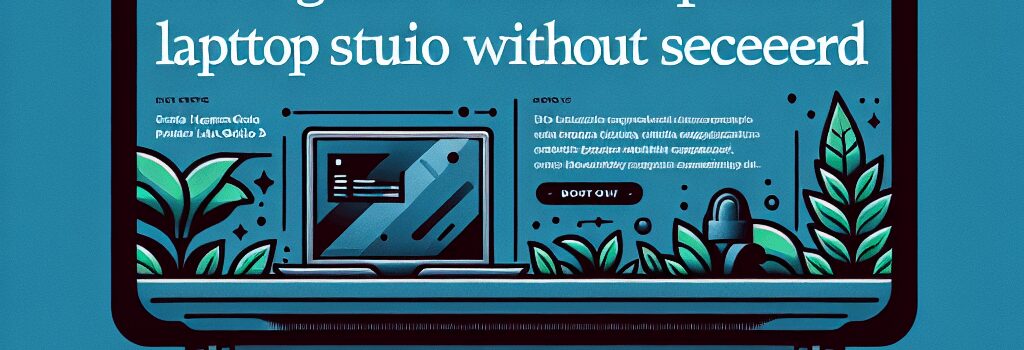Microsoft Discontinues Surface Laptop Studio 2 Without Successor

Microsoft has quietly halted production of its experimental Surface Laptop Studio 2, ending retail availability once remaining inventory sells out. First introduced in October 2021, the Laptop Studio lineup represented Microsoft’s most ambitious attempt to blend tablet flexibility, desktop power, and creative workflows in a single convertible chassis. The decision to sunset this design—without announcing a replacement—signals a strategic realignment toward core Surface models and AI-powered devices under development.
Background: Evolution of the Surface Portfolio
Since launching the original Surface Pro in 2012, Microsoft’s hardware division has oscillated between conservative updates (Surface Pro, Surface Laptop) and bold experiments (Surface Book, Surface Studio all-in-one). Under Panos Panay’s leadership, the firm pioneered detachable displays, dual-screen form factors, and zero-gravity hinges. After Panay’s departure to Amazon in late 2023, fringe projects waned. The Surface Studio desktop was retired in 2024, and now the Laptop Studio 2 joins the axed roster.
Technical Deep Dive: What Made the Laptop Studio Unique
- Display & Hinge: 14.4″ PixelSense Flow touchscreen (2400×1600, 120 Hz) with 3:2 aspect ratio. The Dynamic Woven Hinge allowed four modes: laptop, stage, studio, and tablet, enabling desk-flat digital-ink workflows.
- Processor & GPU: 13th-gen Intel Core i7-13620H (12 cores, up to 4.9 GHz Turbo Boost) paired with NVIDIA GeForce RTX 4060 Laptop GPU (6 GB GDDR6). Thermal design power (TDP) up to 55 W in Performance Mode.
- Memory & Storage: Configurations ranged from 16 GB LPDDR5 to 64 GB, and SSD options from 512 GB to 2 TB PCIe 4.0. Measured sequential read/write speeds exceeded 6,500/5,500 MB/s in benchmark tests.
- Connectivity & I/O: Dual Thunderbolt 4 ports, USB-C 3.2 Gen 2, full-size SDXC slot, Surface Connect port, Wi-Fi 6E, Bluetooth 5.1, and front-facing Windows Hello IR camera.
- Stylus & Audio: Supports Surface Slim Pen 2 with haptic feedback; quad-Omnisonic speakers with Dolby Atmos, far-field Studio Mics for Teams calls and recordings.
- Battery & Build: 58.2 Wh battery offering up to 19 hours video playback (manufacturer claim). CNC-machined magnesium/aluminum chassis at 1.7 kg (3.75 lbs).
Market Performance and Pricing Analysis
Despite glowing reviews for build quality and display, the Laptop Studio line never achieved mass-market traction. A base SKU with Core i7, 16 GB RAM, and 512 GB SSD launched at around $2,400. Fully specced variants topped $4,300, placing them in direct competition with Dell XPS 15, Razer Blade 14, and Apple’s M1/M2 MacBook Pro series. IDC shipment data for H2 2023 shows Surface PCs accounted for just 5 % of Windows-based premium notebooks. High price points and niche appeal—targeted at creative professionals—limited volume sales.
Industry Implications and Strategic Refocus
By discontinuing the Laptop Studio 2, Microsoft frees engineering resources to bolster its high-volume Surface Pro and Laptop families. Insider reports suggest upcoming models will integrate Microsoft’s in-house AI accelerators, optimized for Copilot features in Windows 11 and edge AI inference via Azure services. The move aligns with a broader push toward hybrid work, cloud connectivity, and AI-driven user experiences.
Expert Commentary
“Microsoft’s experimental devices have always been halo products—showcases rather than volume drivers,” notes Carolina Milanesi, principal analyst at Creative Strategies. “The real opportunity lies in embedding AI silicon and software hooks into mainstream SKUs. That’s where the mass market is heading.”
Mike Nelson, an independent PC hardware reviewer, adds: “The Laptop Studio 2 was brilliantly engineered but expensive to produce. With component price inflation and tighter OEM margins, Microsoft likely assessed that sales did not justify ongoing development.”
Future Outlook: What Comes Next?
While there’s no announced successor for the Laptop Studio form factor, patent filings and prototype sightings hint at dual-screen Surface designs and hybrid ultra-portable workstations powered by Microsoft’s Project Volterra Arm chips. Furthermore, deep integrations between Windows 11’s AI Copilot, Azure Cognitive Services, and localized ML inference suggest the next wave of Surface devices will emphasize real-time language translation, on-device generative AI, and advanced security features for enterprise customers.
Microsoft will continue to provide driver and firmware support for the Laptop Studio 2 through October 2029, in line with its six-year lifecycle policy. As the PC market pivots toward AI and cloud synergy, enthusiasts and creative pros alike will watch closely to see how Microsoft redefines the boundaries between hardware experimentation and mainstream adoption.